Harvest Moon by Neil Young
Buy Harvest Moon It may be a bit controversial to name a decidedly “retro” album as the album of the year for any particular year. Many rock fans who reflect back on the […]

Buy Harvest Moon It may be a bit controversial to name a decidedly “retro” album as the album of the year for any particular year. Many rock fans who reflect back on the […]
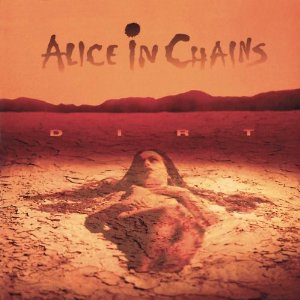
Buy Dirt The band which practically invented the genre of dark alternative metal, Alice In Chains bridged the gap between the “traditional” heavy metal and the new, alternative inspired “fusion” metals which began […]
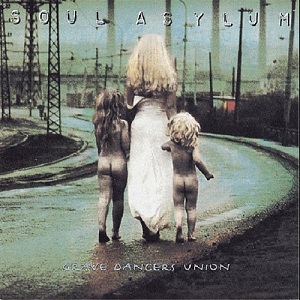
Buy Grave Dancers Union One of the hardest working bands of the late 1980s, Soul Asylum finally broke though in 1992 with Grave Dancers Union. Made up of well-composed three and four minute […]
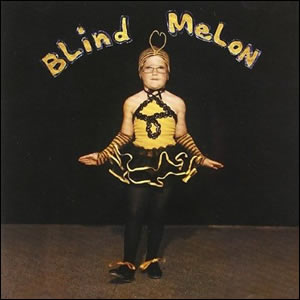
Buy Blind Melon Blind Melon is the 1992 debut album by the rock band of the same name. The album was an international seller due primarily to the breakthrough hit “No Rain” along […]
At the end of the Beatles last ever live performance (on a London rooftop) John Lennon jokingly said “I hope we passed the audition”. Well, there was actually a time when the band […]
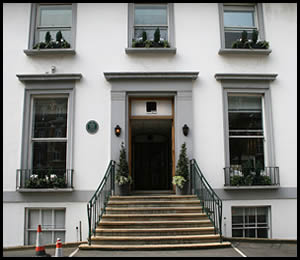
At the very end of The Beatles’ very last live performance, an improvised concert on the roof of a building in January 1969, John Lennon jokingly stated, “I’d like to say thank you […]
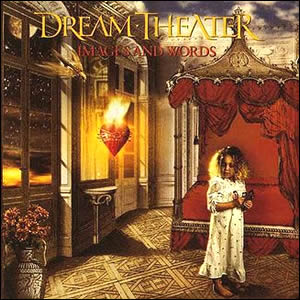
Buy Images and Words Images and Words is the second studio album by Dream Theater, released in the summer of 1992. It is the first to feature vocalist James LaBrie and is considered […]